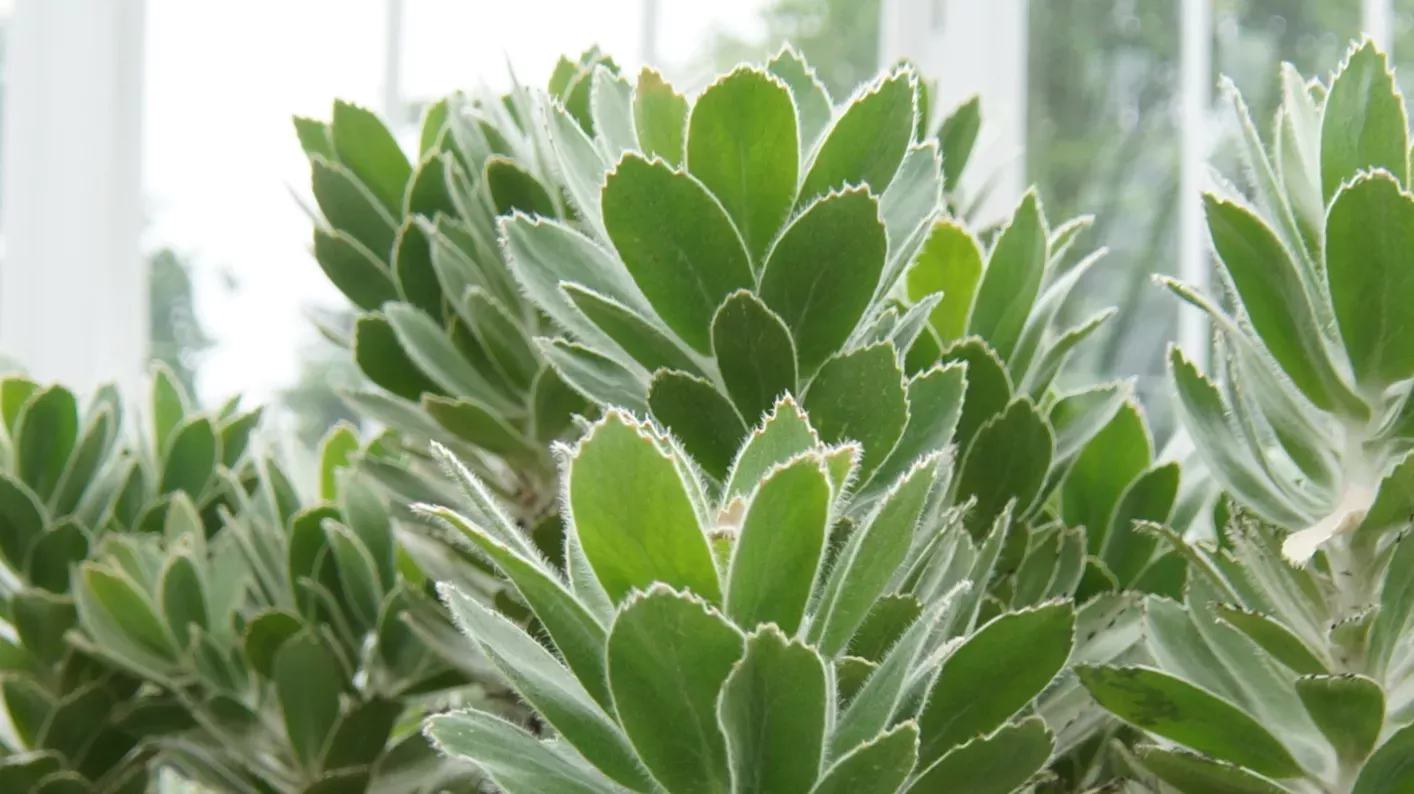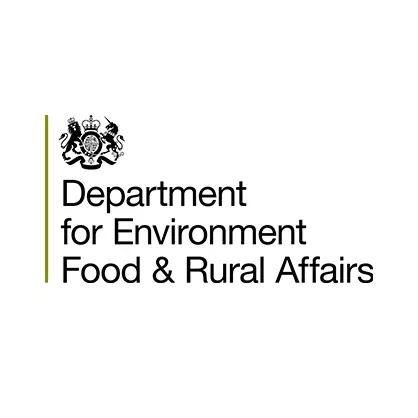Temperate House
Discover rare and threatened plants in the world’s largest Victorian glasshouse.

Travel the world in this truly impressive cathedral of plants – home to 1,200 species from Asia, Australasia, the Americas, and Africa.
Following a major five-year renovation process, the Grade 1 listed Temperate House re-opened in 2018 to showcase the splendour of the world’s temperate flora.
As tender plants, most of the species grown in the Temperate House are unable to tolerate temperatures below freezing with a preferred minimum temperature kept at around 10 degrees Celsius through the UK’s cold winters.
The Temperate House tells the story of how Kew and our global partners are working to rescue plants that are rare or already extinct in the wild. The glasshouse holds significant collections of threatened island flora from some of the earth’s most remote locations like the Island of Saint Helena, the Pitcairn Islands and Juan Fernández Islands.
Filled with roughly 3000 individual plants, this vast collection may help us find solutions to some of the world’s most pressing issues, from climate change to loss of biodiversity or food security.
Enriched by over 260 years of plant expertise, the Temperate House is an iconic landmark and a showcase of contemporary horticultural conservation.
The Temperate House was voted 'Best UK National Treasure' at the 2018 National Geographic Traveller Magazine Reader Awards.
Visiting the Temperate House
Opening times
Daily, 10am to 5pm
We may occasionally need to close attractions for maintenance or visitor safety: Check for planned closures and visitor notices before you visit.
Nearest entrance
Lion Gate.
For step-free access, please follow the signs to the western side of the building.
Explore the Temperate House
Discover some of the world’s most unique plants.
.jpg4662.webp)
Kaka beak
Kaka beak (Clianthus maximus) is endemic to New Zealand. Its unusual common name refers to an endangered New Zealand parrot, known locally as the kaka.

Tree pincushion
Tree pincushion (Leucospermum conocarpodendron) is endemic to South Africa. Our specimen is grown from seed collected in 1803, germinated by Kew scientists.

Chilean wine palm
Chilean wine palm (Jubaea chilensis) is native to Chile in South America. Its sap has been widely used for palm wine, which can only be extracted by felling the tree.
Discover more of the Temperate House

Wood like to meet: The loneliest plant in the world

Plant grown from 203-year-old seed begins new life in the Temperate House

The plant explorers of Kew
Browse our online shop
Did you know?
Acknowledgements
We would like to thank the Heritage Lottery Fund, Defra, Eddie and Sue Davies, The Garfield Weston Foundation, The Wolfson Foundation, The Linbury Trust, The Hartnett Conservation Trust, and other supporters.
Thanks also to donors supporting the Horticultural and Construction Apprenticeships, including the J Paul Getty Jnr Charitable Trust, the Buffini Chao Foundation, Make My Day Better, The Ingram Trust, the Harold Hyam Wingate Foundation, the Finnis Scott Foundation, the Ernest Cook Trust, CHK Charities Limited, the Sandra Charitable Trust, the Vandervell Foundation, the Radcliffe Trust, the Eranda Foundation, the Worshipful Company of Gardeners, the Lake House Charitable Foundation, the Helen Hamlyn Trust, the February Foundation, and other donors.
About the Heritage Lottery Fund
Thanks to National Lottery players, we invest money to help people across the UK explore, enjoy and protect the heritage they care about - from the archaeology under our feet to the historic parks and buildings we love, or from precious memories and collections to rare and unique wildlife www.hlf.org.uk. Follow us on Twitter, Facebook and Instagram and use #HLFsupported.
.jpge2e6.webp)
.jpgf665.webp)
.jpg1252.webp)
.jpg2e2f.webp)

